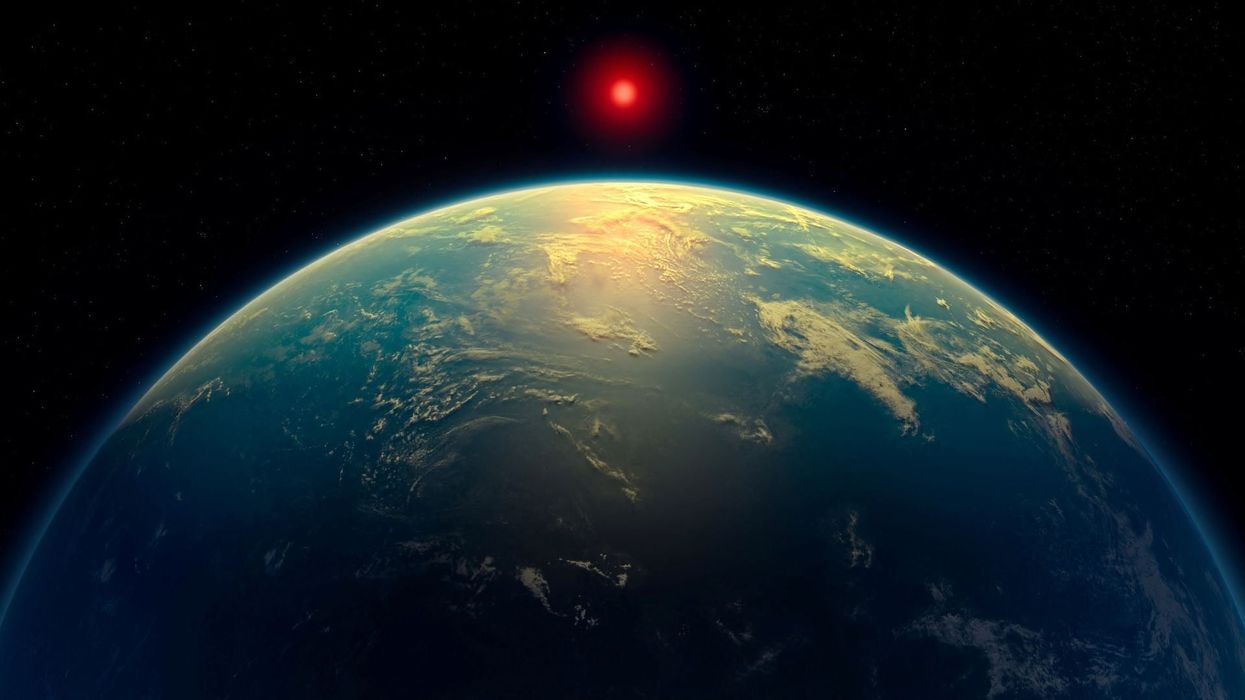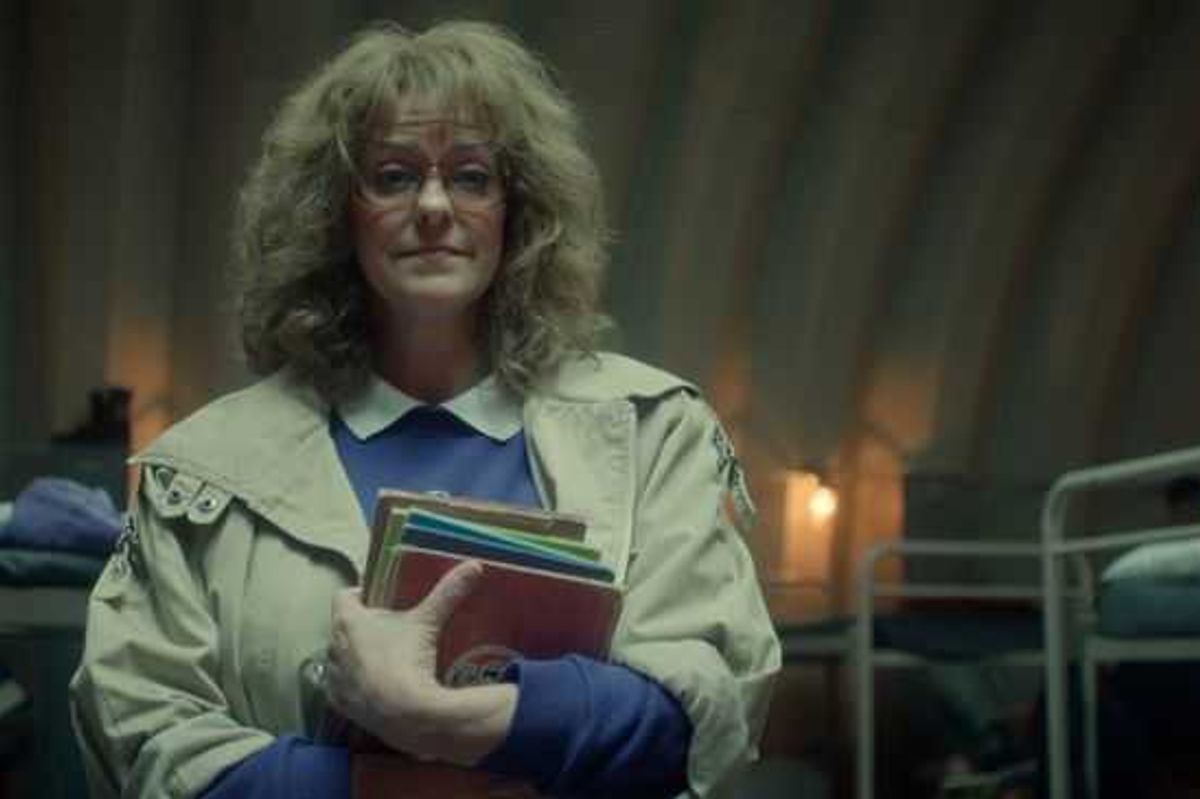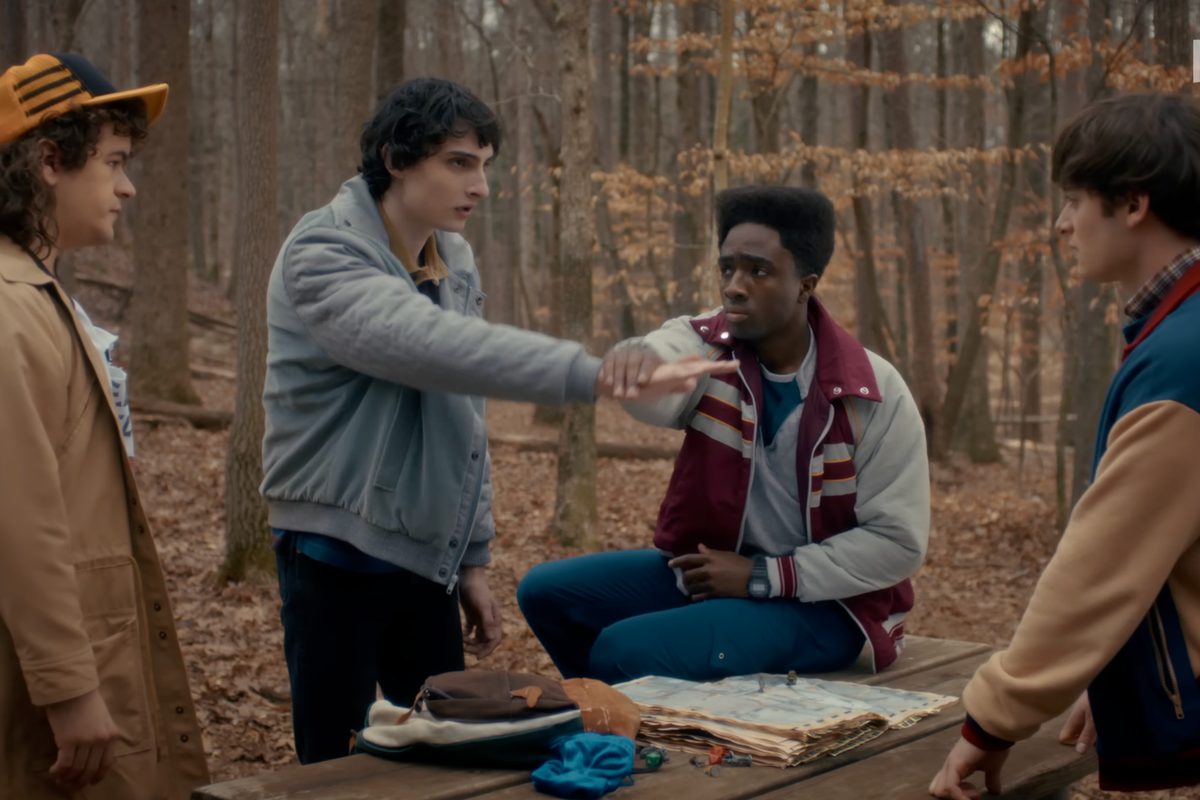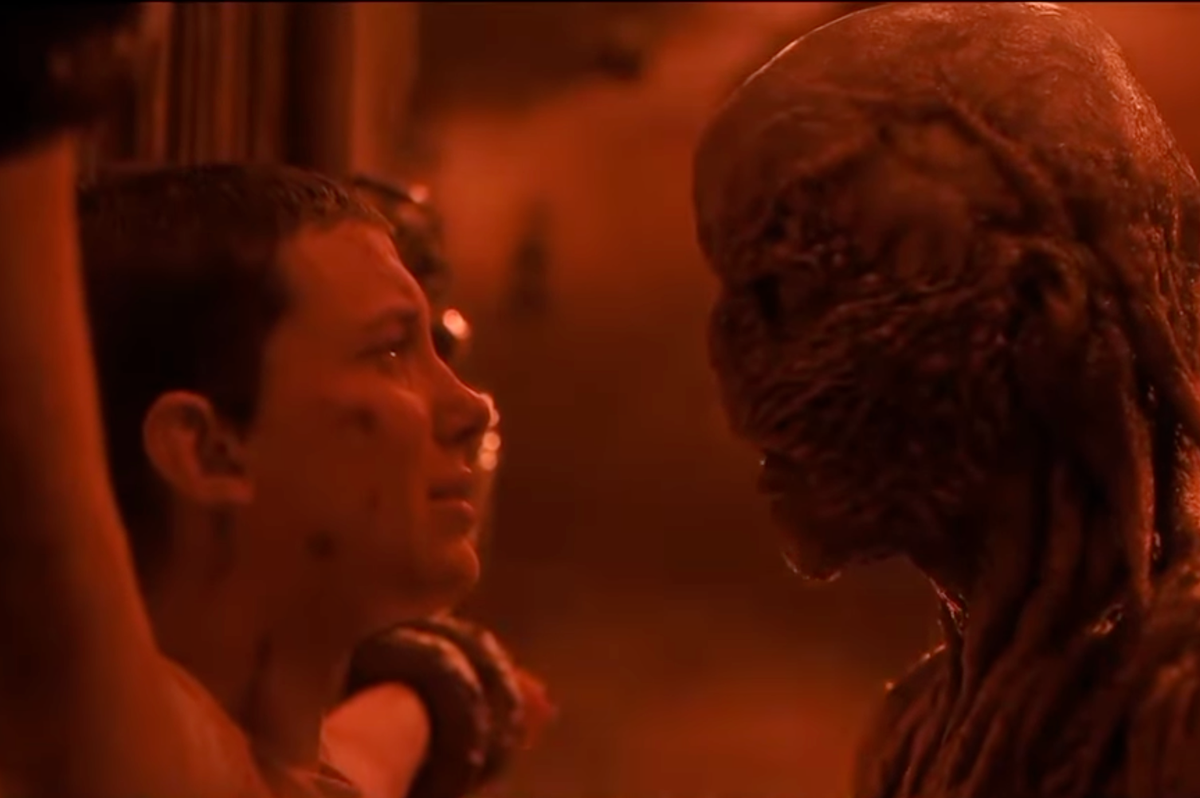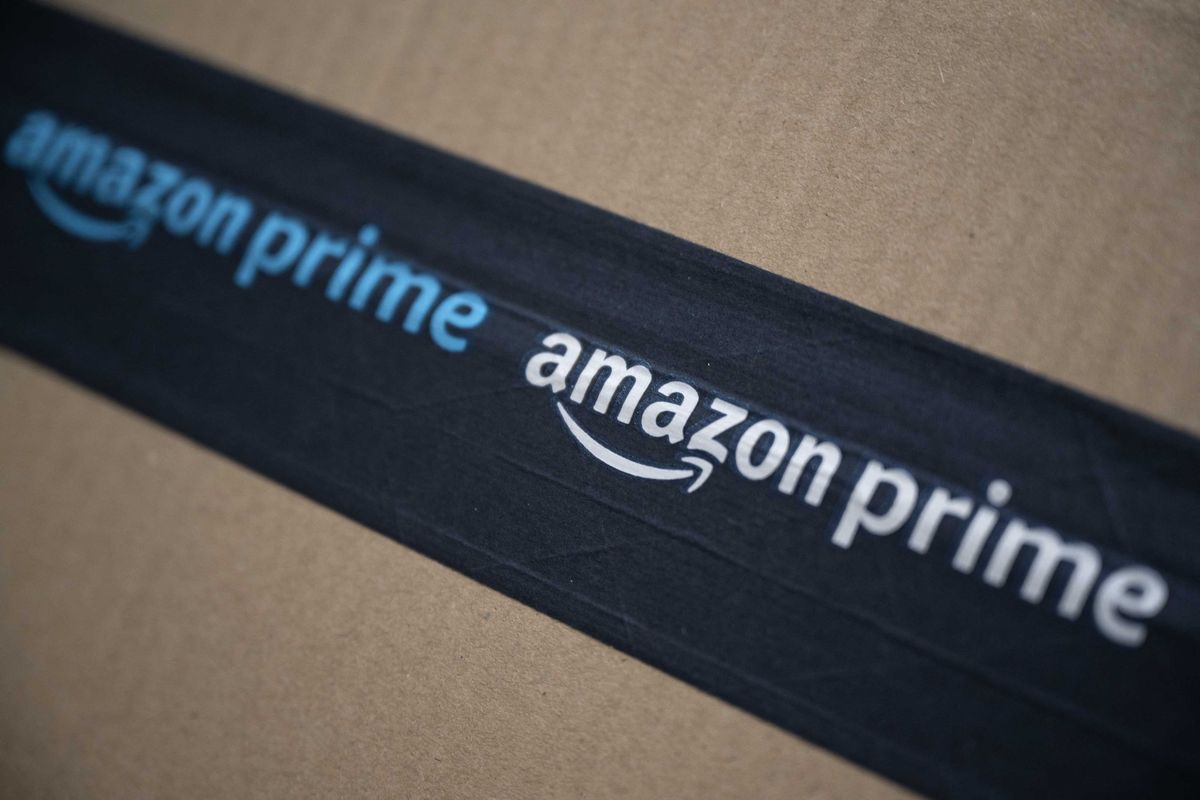Science & Tech
Ellie Abraham
May 27, 2025
Scientists find strongest evidence yet of life beyond the solar system
Aljazeera / VideoElephant
The risk of a star destroying the solar system as we know it is a lot higher than scientists ever expected.
We take for granted our place in the universe in relation to other planets and stars, but astronomers say that stars flying past our solar system could cause havoc, ranging from shifting Pluto’s orbit to causing Mercury to fly into the sun.
Modern astronomers have found that the once-held belief that planets and their orbits were predictable and fixed may not be so true in the long term because of chaos in the solar system
While it’s hard to predict what might happen in the next billion or so years, there are some simulations that are showing the solar system going into chaos and planets scattering.
It’s thought that the most likely cause of this would be if Mercury’s orbit were to align with Jupiter’s.
Experts say this may cause Mercury to go flying away, perhaps hitting the sun or Venus, or even sending Earth and Mars on a collision course with one another.
Another reason may be the rare flyby of a star passing close to the sun (by close, this means a few solar system widths away), though there is a tiny risk of less than 1 per cent every billion years of this occurring.
It’s an area that has been researched by Sean Raymond from the University of Bordeaux and Nathan Kaib at the Planetary Science Institute, who say that even everyday traffic in space has the ability to throw the solar system off.
“We looked at the typical, run-of-the-mill flybys,” Raymond said. “These are the stars that really do pass by the sun all the time, cosmically speaking.”
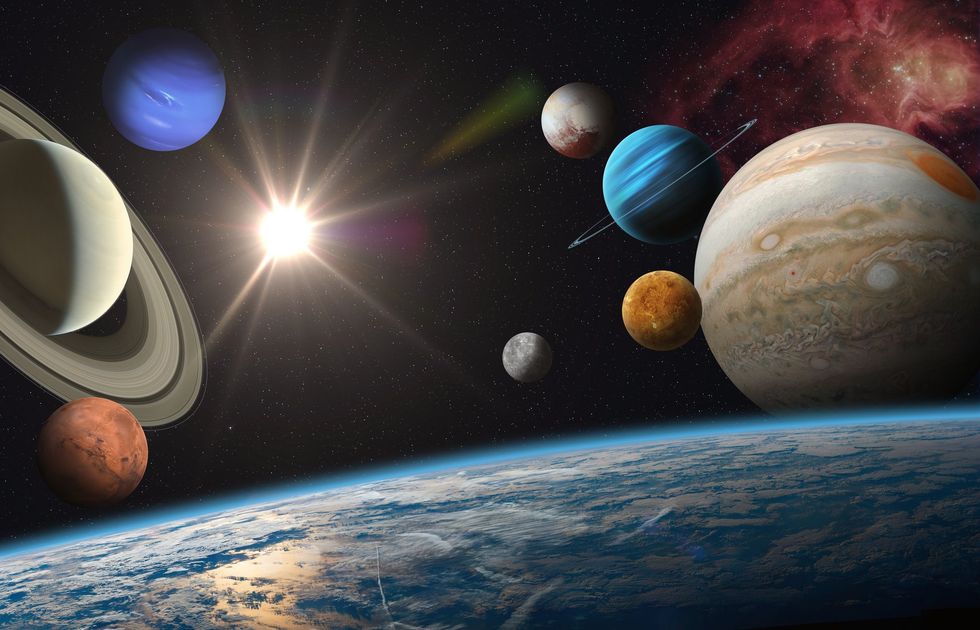
The duo created five simulations, all of which had a different strength of flyby. Each simulation was run 1,000 times with a slightly different starting position for the eight planets of our solar system, as well as Pluto and thousands of well-known stars.
Results showed the odds that a planet might be knocked from its course were 50 per cent higher than it was from its own internal chaos alone.
A flyby-driven instability can happen anytime, whereas an internally-driven instability is far more likely to happen 4 to 5 billion years in the future, making flybys the biggest threat to solar system stability for the next 4-plus billion years,” Raymond said.
Raymond and Kaib found that Pluto was the most likely potential victim with a 5 per cent chance of becoming unstable due to flybys.
“In no previous study was Pluto ever thought to have any chance at all of becoming unstable,” explained Raymond.
There was also a 50 to 80 per cent higher chance than previous estimates that Mercury might be knocked off its orbit, which would have a huge knock-on effect for other planets.
But, it is noted that the overall risk remains very small, at 0.6 per cent over the next few billion years.
“The diversity of ways in which the solar system could fall apart is much higher than previously thought,” Raymond explained, rather ominously.
Why not read…
Something very unusual is happening to the structure of the universe - and scientists are shocked
Scientists have just discovered a ‘remarkable’, almost perfect sphere in space
Mysterious giant structures discovered beneath the surface of Mars
How to join the indy100's free WhatsApp channel
Sign up to our free indy100 weekly newsletter
Have your say in our news democracy. Click the upvote icon
Top 100
The Conversation (0)
